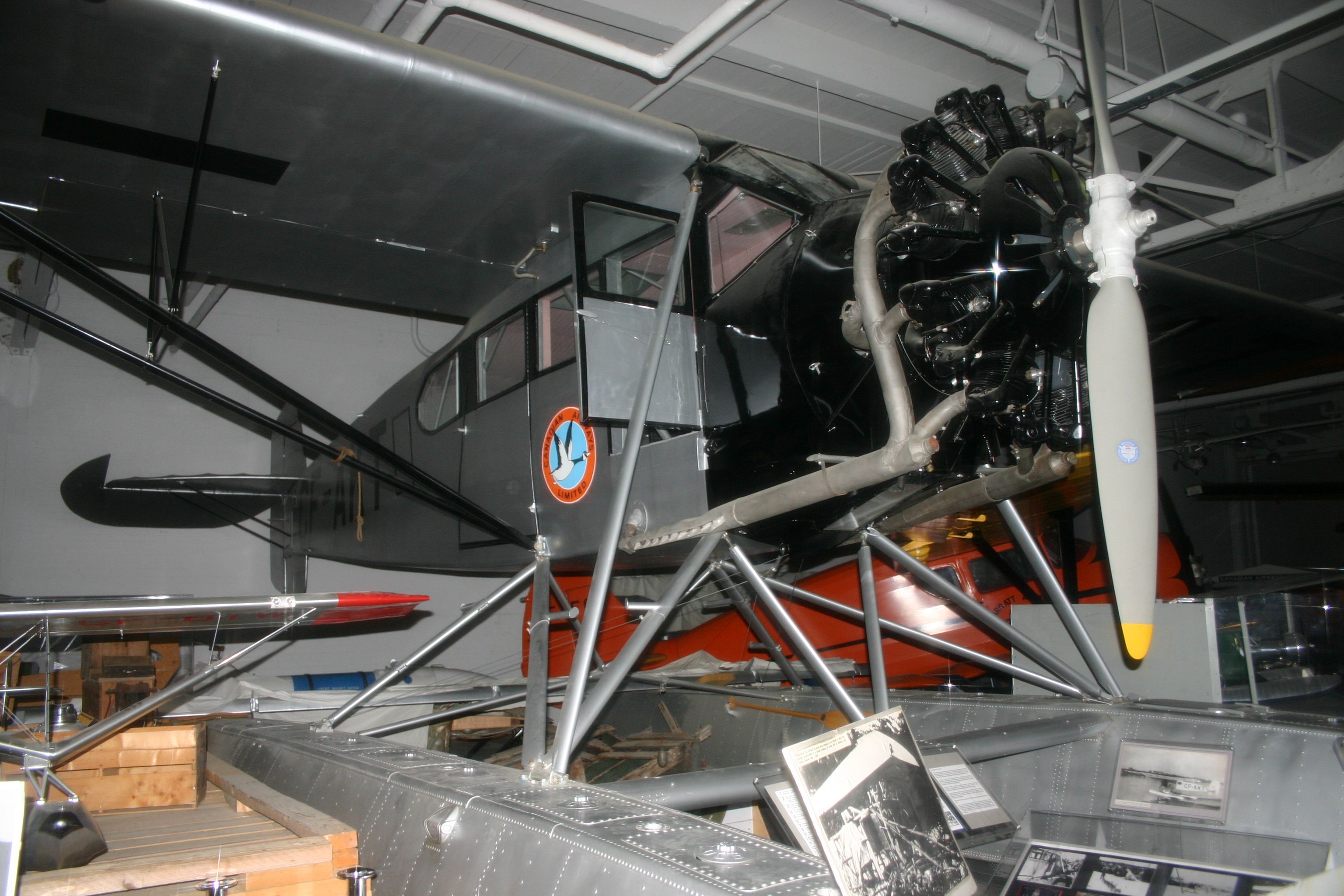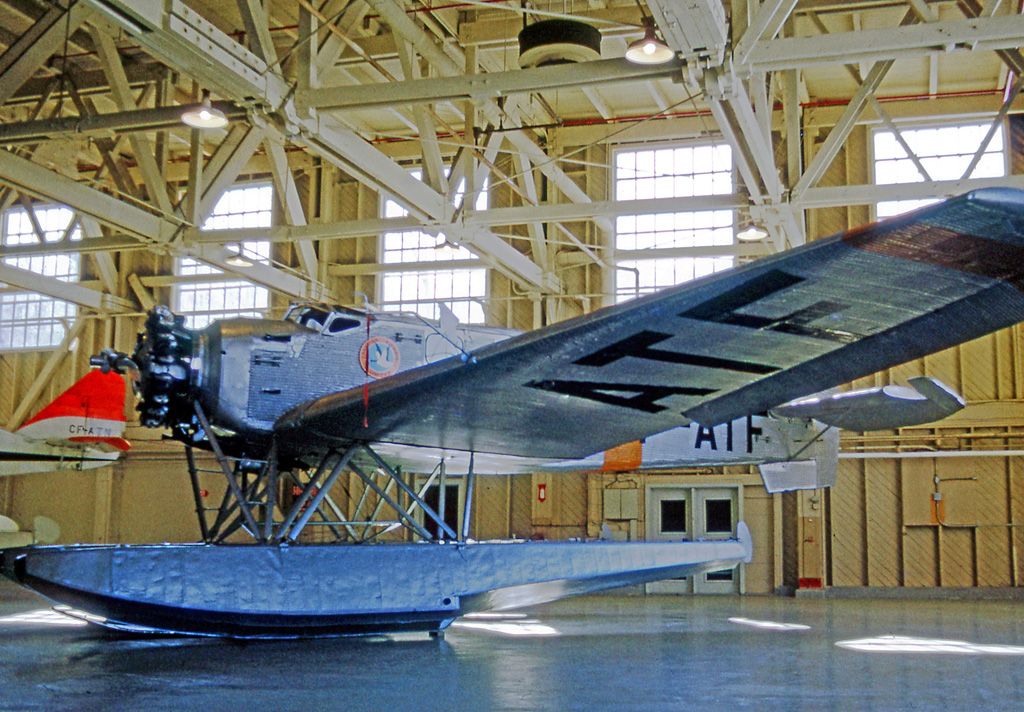For 18 years, there was a Canadian air operator who grew a sizable fleet of aircraft covering wide reaches of Canadian territory. While Canadian Airways Limited may no longer be a household name, the company definitely left its mark on the country’s aviation history.
Taking flight during 'The Roaring 20s'
The 1920s were known for fun, exploration and industrial innovation. The latter was key for aviation's growth during the first couple of decades in the 20th century. Throughout North America, air operators began to take flight and Canada was a hotbed of activity.
Canadian Airways Limited was the brainchild of James Armstrong Richardson Sr., a wealthy grain dealer from Winnipeg who originally founded Western Canada Airways (WCA) in 1926. His interest not only focused on aviation but railways too. In fact, Richardson was appointed director of Canadian Pacific Railway (CPR) in 1927. Nevertheless, his sights were set on developing a thriving aviation business, and WCA's first couple of years primarily consisted of acquiring smaller regional operators. Each acquisition brought new aircraft and infrastructure: two key ingredients for continuous growth.
By 1929, Richardson's growth was quite expansive, and he began to compete with notable players in the aviation industry. Within two years of officially launching WCA, his airline ranked just behind the mighty British carrier, Imperial Airways.
The railway factor
In order to expand his aeronautical reach, Richardson needed to acquire additional companies. For this effort, he decided to join forces with other influential businessmen within the railway community. Remember his director role at CPR?
It came in very handy when Sir Henry Worth Thornton (representing the Canadian National Railway) and Sir Edward Wentworth Beatty (of the CPR) joined Richardson’s expansion effort to form a syndicate named Aviation Corporation of Canada in mid-1929.
This entity allowed for the acquisition of several smaller companies. Further acquisitions were the goal in 1930, and as a result of this effort, Richardson assimilated a sufficient number of companies to eventually form Canadian Airways Limited.
Political headwinds slow progress
In 1930, Canadian Airways Limited took flight with Richardson serving as its president and general manager. This was an exciting time, but some new governmental policies threatened the successful businessman’s progress. Richardson knew air mail was a source of substantial revenue, but Canadian legislation changed that momentum when it canceled air mail contracts.
In 1932, the government introduced a series of restrictions regarding air mail, and by 1936, the Department of Transport was formed to assume oversight of civilian aviation. The government's new stance suggested an interest in strengthening the nation’s air system to compete against the fast-growing American aeronautical industry.
The impact of unfriendly crosswinds
Richardson expressed his concern about these regulatory changes to Transport Minister Clarence Decatur Howe who assured him that Canadian Airways Limited would be selected to help expand Canada’s aeronautical footprint.
Unfortunately, the minister had other plans, and instead, formed a government-operated organization called Trans-Canada Air Lines (TCA). After the entity’s formation came to light in 1937, Richardson knew that all private air operators would face a considerable challenge when competing against a government-sponsored operation.
Stay informed: Sign up for our daily and weekly aviation news digests.
Final flights
After this setback, Richardson’s motivation and health began to decline. By the time he had passed away in 1939, Canadian Airways Limited had been sold to Canadian Pacific Railway Limited, which Sir Edward Wentworth Beatty formed to compete with the government’s TCA.
By 1942, several others regional carriers were purchased and Canadian Airways Limited (along with others) eventually morphed into Canadian Pacific Airlines. Canadian Airways Limited (and its owner) are now just a memory of Canada's aviation boom.

.jpg)


.jpg)